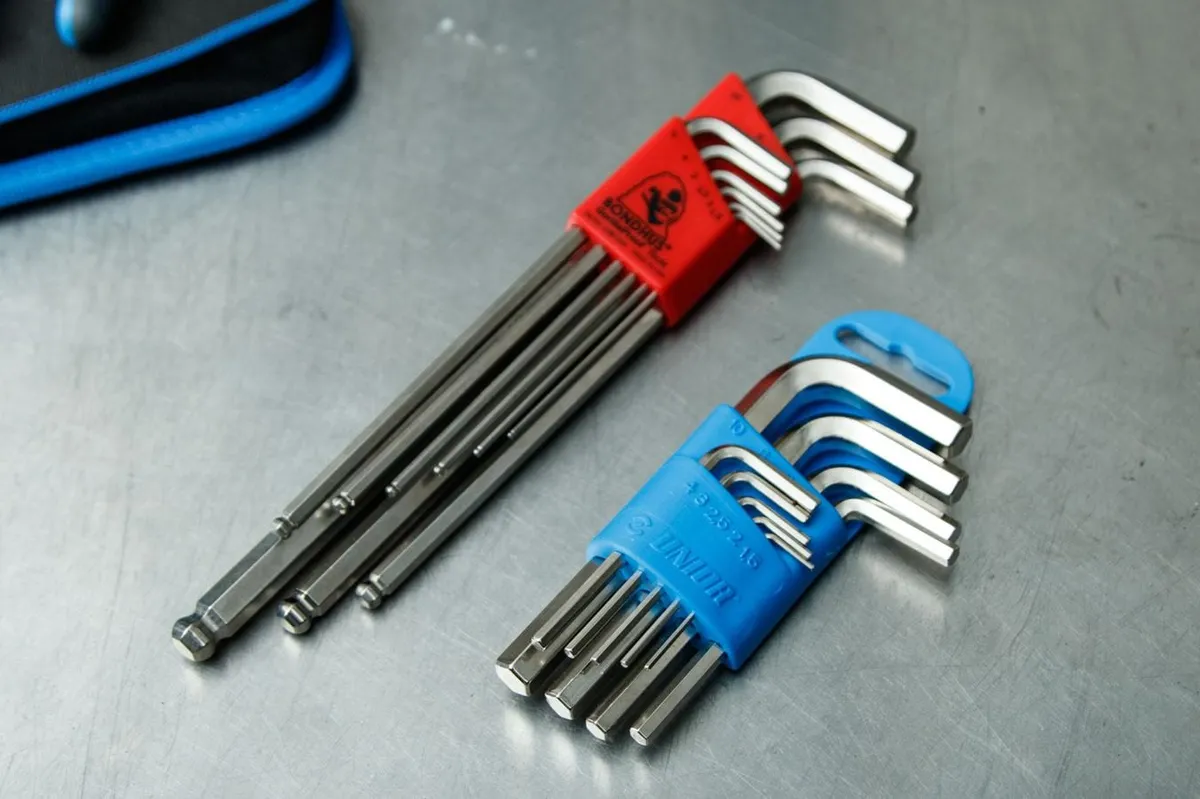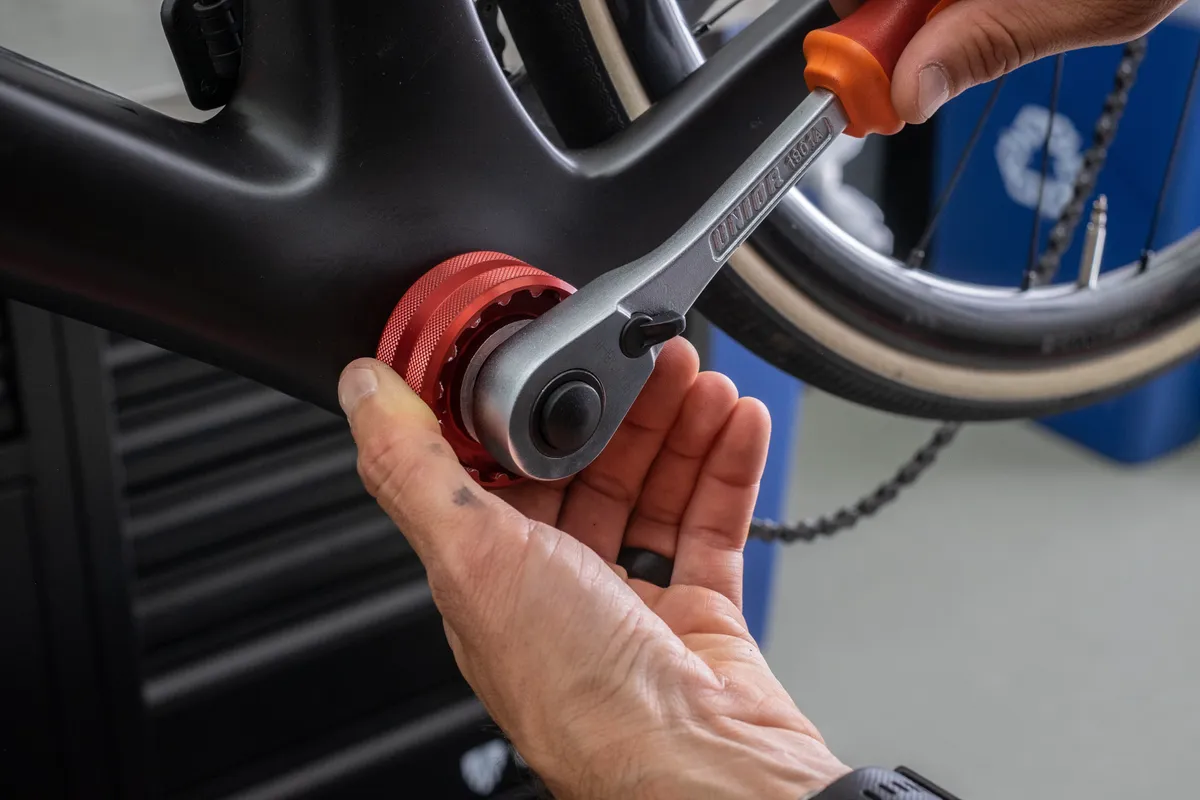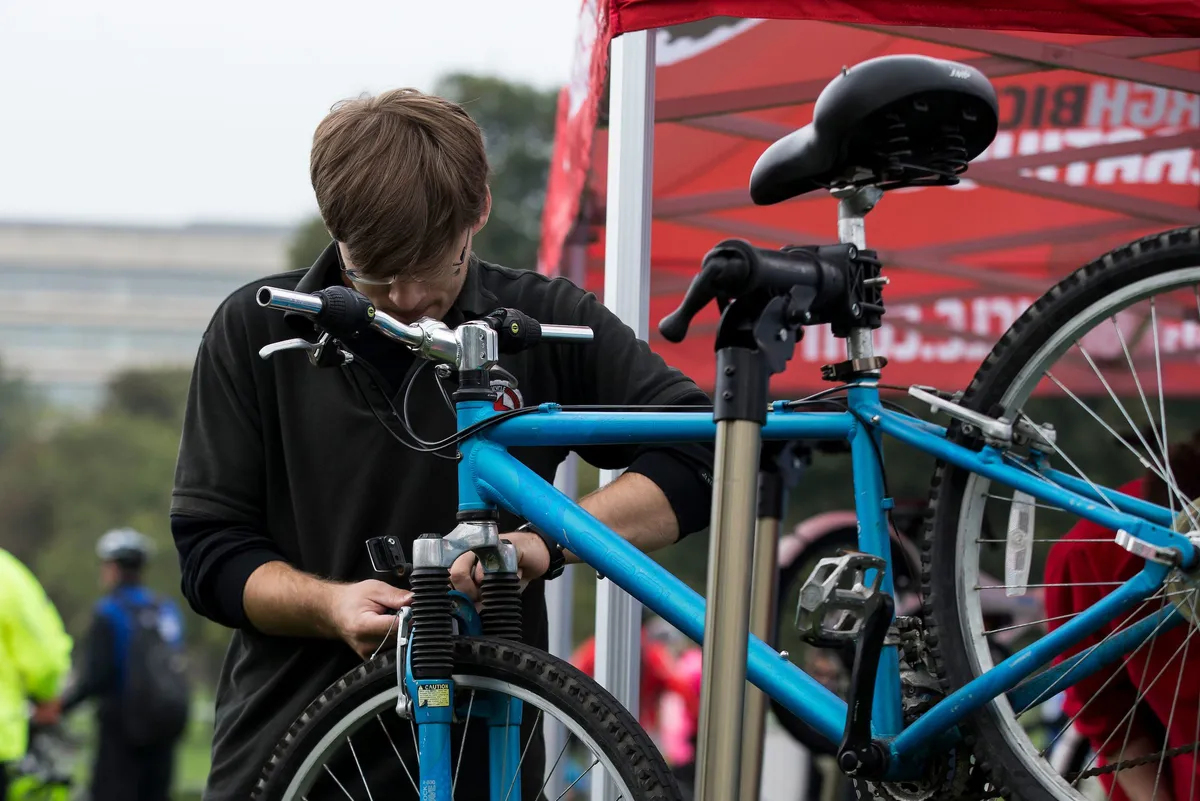We now live in a time where many of us rarely think about repairing everyday items that break.
This is not our fault. Planned obsolescence, a lack of publicly-available service manuals, active efforts from manufacturers to stop owners from being able to repair their things and simply bad design are all enormous barriers that get in the way of encouraging us to fix our stuff.
This is bad for many reasons, but the environmental cost of consigning easily-fixable things to landfill for millennia, only for them to become “future fossils of capitalism” makes me deeply uneasy.
The Right to Repair movement and more clandestine efforts (paywall) are doing noble work to improve the situation, but it will take a huge change at a manufacturer and legislative-level to really make a lasting change.
Bicycles are different.
Bikes are incredibly simple machines that just about everyone can maintain with basic tools.
They are also one of the very few things in modern life that we are encouraged to maintain and repair ourselves.
This is, in part, thanks to a culture of open information-sharing and component standardisation from manufacturers that is almost unparalleled.
This and the (relatively speaking) minor consequences of getting it wrong when fixing a bike provide you with an environment in which you can confidently make mistakes and learn from them, picking up valuable problem-solving skills along the way.
In my case, it is largely thanks to years of fettling my bikes that I have developed the confidence, skills and experience to have a crack at repairing other things.
From a disgusting stand mixer that I found on the street and refurbished, to general household white goods, bike repair has given me a base of knowledge that is applicable in so much of day-to-day life.
Washing machines = bikes… right?
A key example: a few weeks ago, I removed, cleaned and replaced the door gasket on my washing machine.
Now, don’t get me wrong, washing machines and bikes are not the same thing (unless you’re Graeme Obree, haw haw haw).
However, at almost every single stage of fixing the washing machine, I could draw from experience gleaned from maintaining bikes.
To start, the gasket was held in place with two outrageously tight retaining springs – one at the door and one on the drum.
After first donning eye protection (have you ever seen what happens when a tyre lever snaps mid-removal?), I used a pair of Pedro’s tyre levers to gently lift the springs off.
Knowing how to use these without damaging the bead of the gasket is, of course, a skill learned from fitting and removing countless tyres.

Next, after years spent picking dog poo out of tyre treads and sniffing suspicious grease extracted from old bottom brackets, the idea of cleaning the absolutely foul clumps of mould that had grown inside the gasket didn’t faze me at all.
After it was thoroughly disinfected, refitting the gasket began with fitting an inlet from the detergent tray.

This is held in place with a large steel-spring-clamp-thing. This is located in a stupidly difficult-to-access part of the machine, making it nigh-on impossible to grip with pliers.
To make things easier, I clamped it open with a thick zip-tie so I could slide everything back into place without damaging the inlet. This is a trick I learned from servicing freehubs, where a zip-tie can be used to hold the pawls in place when refitting it to the hub.

Next, I had to refit the inaccessible retaining spring on the drum of the machine. As can be done with internally-routed cables, I tried to feed this around the drum with a gear cable (it didn’t work, but was worth trying).
This setback meant I had to remove the front fascia of the machine, held in place with six T20-head screws.
It sounds obvious to an experienced mechanic, but, as anyone who has slipped while removing a pedal only to punch a chainring (ouch!) knows, knowing how to use fastening tools effectively is an acquired skill.

Likewise, being able to size them up at a glance makes jobs like this far less onerous.
The screws on the back of the machine presented no problems, but the final two screws on the foot of the machine were a greater challenge.
They weren't stainless steel (heavens damn you, Bosch) and, being located in a kitchen, had inevitably rotted away, leaving the heads totally unusable.
So I had to drill the heads of the screws away; something I knew would work having previously drilled out many cleat bolts that had been ground down to mere stumps after hours of vigorous hike-a-bikes.
The bead of the gasket was fairly fragile and floppy but starting with both hands at the six o’clock position and working my away around each side – as I would with any loose-fitting tyre – I was able to get it on without much hassle.
It wasn’t until I refitted the front of the machine that I realised I had forgotten to refit the sensor circuit for the door handle.
Refusing to go through the hassle of removing the front panel again, I squashed my slender cyclist’s arm down the side of the drum and, after a few seconds of manic flapping with my phalanges, I managed to reconnect it.
Would this have been possible if I were a mechanically-inept bodybuilder? I think not.

Jesting aside, I really mean it when I say that fixing bikes improves your dexterity. Indexing gears and setting up brakes is done almost entirely on feel alone and these skills transfer over to tasks such as this.
Finally, the ludicrously tight door seal retaining spring had to be wrestled into place. I wish I had a nice anecdote to call on here but beyond maintenance-refined-creative-swearing and angry stabbing with a tyre lever, there wasn’t much to it.
Okay – you fixed a washing machine. What’s the point?

Despite public perception, the vast majority of bikes on the planet today are based on a surprisingly narrow set of interchangeable standards and readily-available parts, making repairs easy, affordable and accessible to most.
This goes all the way to manufacturer level.
The fact a resource such as Si.Shimano.com even exists is something of a marvel – in what other industry does the biggest manufacturer of components publish such a comprehensive number of manuals and compatibility charts that is accessible to everyone?
There are, of course, exceptions: increasing integration, the proliferation of proprietary parts and the emergence of electronics in bicycles are all cause for concern for long-term ownership prospects.
Thankfully, these developments are mostly limited to high-end bikes, which make up a small portion of the bikes that are actually sold and used across the world.

This accessibility makes bikes the perfect environment for learning repair skills.
I used to manage fix your bike sessions at a bike co-op. The immense satisfaction attendees got from both saving money and learning new skills was absolutely wonderful to witness. They were also almost always surprised by just how easy it can be.
It's not a stretch to say that, armed with these skills and the confidence learned from fixing bikes, many others would feel able to have a go at repairing other things.
At the very least, it might encourage individuals to make more informed buying decisions, prioritising the repairable over the disposable.
We should fiercely defend and be proud of the repairability of bikes and pass the message on to whoever will listen.
If you’re a parent, encourage your children to learn mechanical skills from a young age.
If you’re new to the world of bike repair, check out BikeRadar’s excellent workshop content and have a crack at fixing your own bike.
You never know, it may just help save the world.



